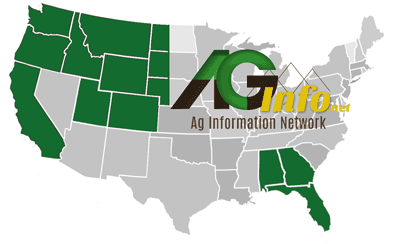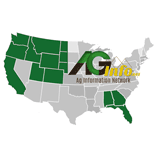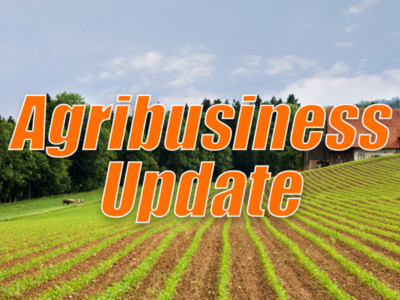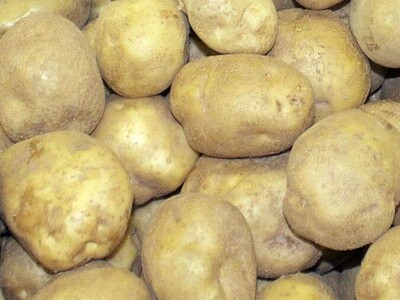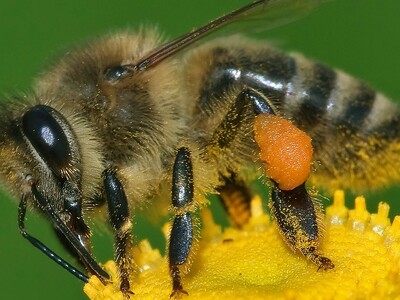2-19 IAN Safe Corn
Last year’s drought has brought numerous challenges to cattlemen. Shortages of grass and water forced cow culling and sent many calves to the sale barn earlier than planned. High feed costs combined with the possibility of aflatoxin in the corn crop continue to be a headache.
It’s a common misconception that the olive-green mold known as aspergillus automatically results in aflatoxin. Extension Beef Educator Travis Meteer: “Farmers finding the mold in their corn need to have it tested for aflatoxin. That’s why he cautions livestock producers, even those using dried distillers grains with solubles (ddgs) to have corn and corn co-products tested before feeding it.Those same producers might also be tempted to purchase corn not allowed into the elevator because it exceeds the 20 parts per billion threshold set by FDA – the Food and Drug Administration. The corn can usually be purchased at a discount and is safe to feed at some levels.”
Meteer says livestock, especially finishing cattle, will be the end user of much of the aflatoxin-infected corn. He says management is crucial if this is the case. He recommends…
* storage of infected corn be done at less than 14 percent moisture
* testing for aflatoxin before feeding
* and blending good corn with the infected corn just prior to feeding
